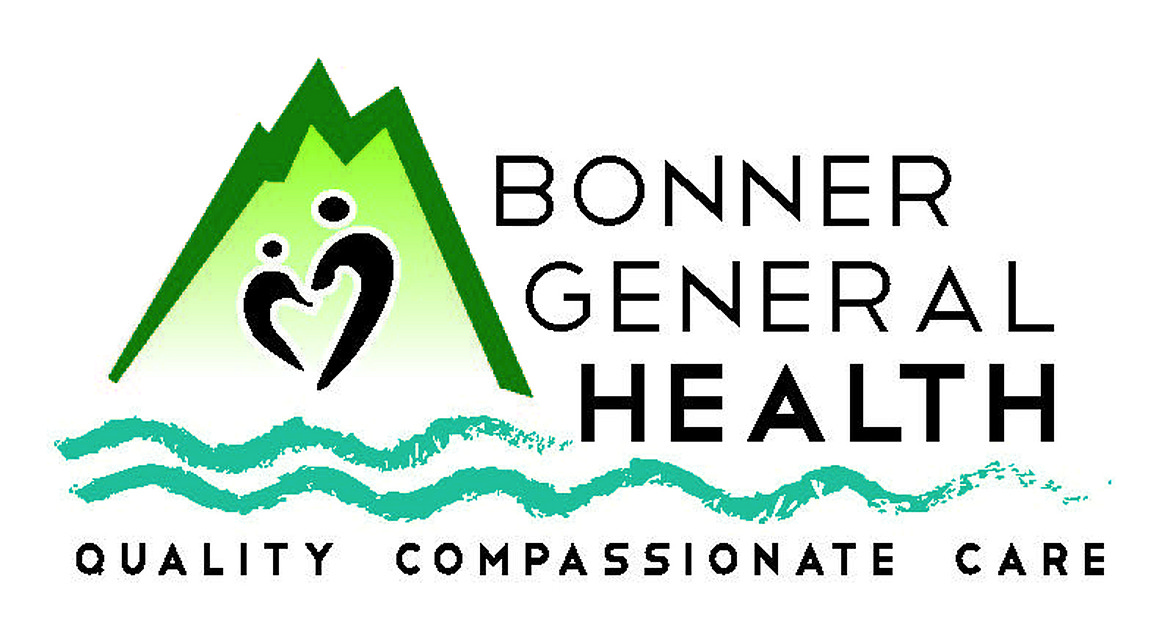Don’t call it a ‘dowager’s hump’
An article I found in Healthline said that calling kyphosis, a common curvature of the spine, a “dowager’s hump” is not only an unacceptable medical term, it’s also considered offensive because “it has a negative and insulting way of referring to older women.” So, of course, I opened Merriam-Webster. They define dowager as a widow who inherited property or a title from her late husband, or a “dignified elderly woman.”
Although I don’t think being called “dignified” is offensive, it’s always a good idea to call conditions by their proper name.
So, today we’ll be talking about kyphosis which doesn’t just affect elderly women anyway.
“The human spine has a natural curvature,” Healthline explains. “These curves help us to stand upright and stay balanced while doing so. Kyphosis happens when the angle of the spine is out of the typical range. The condition can vary in seriousness.
Generally speaking, the greater the curve of the spine, the more severe the symptoms are.”
Symptoms include rounded shoulders or a hump on the back; back pain or stiffness; feeling tired or fatigued, and tight hamstring muscles. “Although rare, more severe symptoms can occur as the spine continues to curve over time and compress other parts of the body, such as the lungs, nerves, and digestive tract,” Healthline says.
Severe complications can add symptoms that may decrease your ability to do daily activities such as walking, getting out of your chair or looking up. You may experience numbness or tingling in your legs; shortness of breath or trouble breathing; digestive issues, and incontinence of either or both bowels and bladder.
Mayo Clinic says it’s time to see your healthcare provider as soon as you notice an in- creased curve in your upper back or in your child’s spine.
What’s happening? Mayo says that the individual bones (vertebrae) that make up a healthy spine look like cylinders stacked in a column. “Kyphosis occurs when the vertebrae in the upper back become more wedge shaped.”
This can be caused by fractures, even mild compression fractures that don’t cause any pain; osteoporosis which is most common in older women and all people who take corticosteroids for long periods of time; disc degeneration; cancer and cancer treatments.
“Scheuermann’s disease, also called Scheuermann’s kyphosis is a disease that typically begins during the growth spurt that occurs before puberty. Boys are affected more often than girls,” Mayo says. And abnormal vertebrae can also be caused by birth defects. “Spinal bones that don’t develop properly before birth can cause kyphosis.”
Healthline also points out posture as a factor that can lead to the development of kyphosis. “Poor posture can include things like slouching or hunching, such as at a computer or in front of a TV; leaning back in chairs, or carrying heavy loads on your back, such as a backpack full of books.”
Postural kyphosis is common and can often be cured by correcting bad posture. Did you just sit up straighter? And, of course as we get older we get more sedentary which can affect our muscles and ligaments which is another good argument in favor of increasing our regular exercise regime – Healthline recommends yoga for help with flexibility and core strengthening.
Kyphosis diagnosis may include X-rays, CT scans or MRIs. The medico may ask you to bend forward with your arms hanging loose like you’re touching your toes to look at your spine’s curvature.
“You may also be asked to lie down. This can aid your doctor in determining if your kyphosis is caused by bad posture or by a structural problem in the spine. The spine may straighten while lying down in people with postural kyphosis,” Healthline said.
If watching your posture and exercising doesn’t alter your kyphosis, your PCP may suggest you work with a physical therapist to improve your condition. If you’re in pain, an over-the-counter pain medication may be helpful.
Healthline also said that “if you have an underlying condition such as osteoporosis, your doctor will focus on treating it to prevent your kyphosis from getting worse.
Using a back brace can help keep spinal curvature from worsening, particularly in young people who are still growing.”
Severe kyphosis may require surgery. Let’s hope you’ll call your medico before that’s necessary.
Kathy Hubbard is a member of Bonner General Health Foundation Advisory Council. She can be reached at kathyleehubbard@yahoo.com.



